Return Filling (ITR): Complete FAQs & Filing Guide
Return filling in India can be simple when you know the rules. This guide brings every major question on return filling together—who must file, how to choose the right ITR form, documents to keep ready, and how to e-verify (or send ITR-V). You’ll also find clear steps on belated return, revised return, and updated returns [139(8A)], fixing defective returns [139(9)], and reconciling AIS/TIS with Form 26AS to avoid mismatches. For completeness, we reference current due dates and practical tips so your return filling is accurate, timely, and compliant. Scroll to the FAQs or use the tips box to avoid common errors and refund delays.
FAQs on Income Tax Return (ITR) Filling
Pro Tips for Return Filling (ITR)
- Use the portal’s Help me decide to pick the correct ITR form—don’t force-fit ITR-1/ITR-4.
- Compare Old vs New regime; compute both and choose the lower tax. (Business income? File 10IEA where required.)
- Reconcile AIS/TIS with Form 26AS and your bank/broker statements; get deductors to fix mismatches before filing.
- Capture common misses: savings/FD interest, dividend, capital gains (broker report), crypto, rent/HRA, home-loan interest, and TCS on foreign spends.
- Pre-validate your bank account & IFSC in profile for faster refunds; keep details updated.
- e-Verify within 30 days via Aadhaar OTP, net-banking, bank/demat EVC, or DSC. If not, Speed Post ITR-V to CPC, Bengaluru 560500.
- Filed wrong or late? Use a Belated or Revised return (generally till 31 Dec of AY). Missed income later? Consider Updated Return [139(8A)] within the permitted window.
- Organise proofs quarter-wise (income, TDS/TCS, deductions, capital-gains workings) for quick responses and fewer notices.
- Track advance/self-assessment tax to reduce 234B/234C interest; pay any shortfall before filing.
- Have foreign income/assets? Fill Schedule FA accurately; check FTC/Form 67 rules and DTAA where applicable.
- Business/profession: confirm books/audit thresholds (44AB), presumptive vs regular, and the correct ITR (ITR-3/ITR-4/others).
- Security & follow-up: enable 2FA, keep contact info current, save Acknowledgement & CPC intimation, and monitor refund status/e-proceedings.
- TDS/TCS credit hygiene: download Form 16/16A/27D, claim only what reflects in 26AS/AIS to avoid adjustments.
- Keep the focus keyword in mind—accurate, timely return filling plus clean reconciliations = faster processing and refunds.

Return filling made simple — file right, refund fast.
Next steps
- See the Income Tax FAQs hub for more categories.
- Need the basics? Visit Computation of Tax — FAQs for heads of income, GTI vs Total, rebate 87A, surcharge and marginal relief.
- Read FAQs on Tax on Presumptive Taxation Scheme
Last updated: Oct,2025. Tax thresholds/rates change; if something looks off or you need a scenario added, send us a note and we’ll update quickly.
Source–https://incometaxindia.gov.in/pages/faqs
Disclaimer: The information on this page is for general guidance only and is not tax, legal or professional advice. Laws and thresholds change, and application depends on your facts. While we aim to keep content current (Finance Act, 2025), errors or omissions may occur. Always refer to the Income-tax Act/Rules, CBDT notifications/circulars and consult a qualified advisor. If there is any conflict with the law, the official provisions prevail. TaxBizMantra and the authors accept no liability for actions taken or not taken based on this material; examples are illustrative and do not create a client–advisor relationship.
